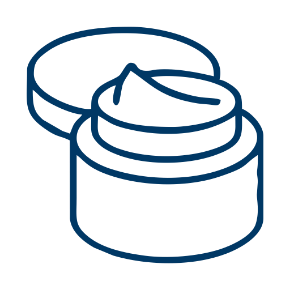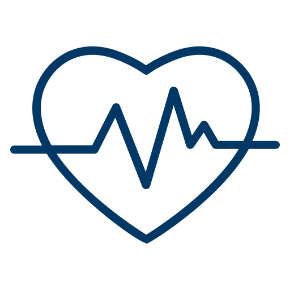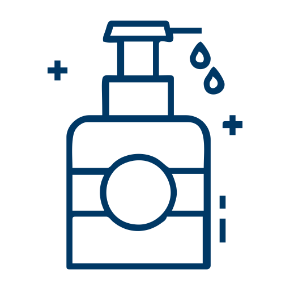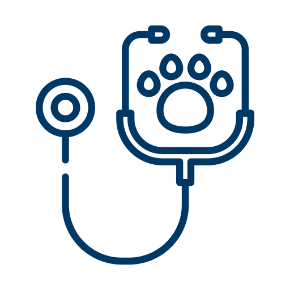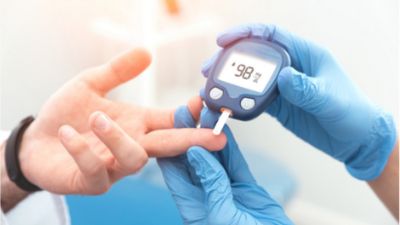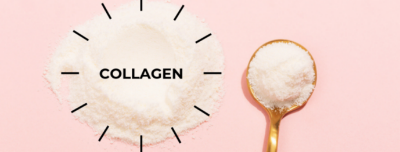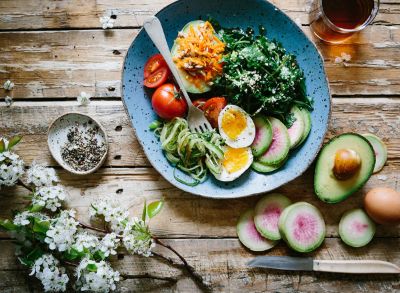Looking to tackle pesky hair concerns without blowing your budget? These easy, affordable DIY hair masks use household remedies that you probably already have at home.
The problem: Thinning hair
The fix: Make a “banana protein smoothie,” which consists of amino acid-rich bananas and eggs to enhance hair elasticity, strengthen, and add thickness.
How to use it: Blend two egg yolks, two ripe bananas, two to three tablespoons of honey, half cup of conditioner, and two tablespoons of olive oil, until fully pureed. Slather all over and leave on for 20 to 30 minutes; rinse with cool water.
The problem: Brittle hair
The fix: While dry, brittle hair is a struggle on its own, it can also lead to increased breakage and dullness. Egg yolks are an easy fix, they will help strengthen and nourish hair follicles.
How to use it: Mix a little lemon into the yolks to lessen the egg smell. When applying, put the mixture on hair from roots to ends and let it sit for 30 minutes to an hour to really penetrate into hair.
The problem: Messy waves or curls
The fix: Honey and syrup are natural humectants (ingredients that attract and lock in moisture) and can treat curls while hydrating thirsty hair.
How to use it: Mix a half-cup of molasses or maple syrup, 1/4 cup of olive oil, four tablespoons of honey, two bananas, half-cup of water, four tablespoons of lemon juice, and two tablespoons of all-purpose flour (adjust according to desired thickness). Mix together ingredients, removing any lumps, and warm over the stovetop. Separate hair into four sections, evenly apply the sweet concoction, and cover it up with a shower cap; let sit for 45 minutes and rinse thoroughly.
The problem: Dry, damaged tresses
The fix: Moisturize, moisturize, moisturize. Otherwise, you’re only a hair away from split ends, frizz, and breakage. Opt for an intensive overnight treatment if your average conditioner isn’t cutting it.
How to use it: Take a tablespoon of coconut oil, warm it in the microwave, massage into damp hair, and sleep on it. Wear a shower cap and lay a towel on your pillow to prevent a greasy mess. In the morning, shampoo it out. Only use coconut oil on dry and damaged areas, which typically occur from the mid-shaft to the end. If you have finer hair, pick a lighter oil, like olive or avocado, as coconut oil can weigh strands down.
The problem: Itchy scalp
The fix: Soothe and moisturize. An itchy scalp can be caused by myriad problems, from something as serious as psoriasis or as minor as dryness. Your solution? Tea tree oil.
How to use it: Drip three drops of the oil on a cotton swab and dab onto the scalp. If the oil is irritating, dilute 1 ½ tablespoons of oil to one cup of warm water. To combat dryness, break a Vitamin E capsule and rub the oil on itchy areas to help moisturize skin, slough off dead skin cells, and unclog hair follicles. Leave the oil on overnight and rinse out in the morning.
The problem: Faded dye job
The fix: Intensify vibrancy. Add a jolt of red with a cranberry juice rinse. To warm up ashy blonde hair, substitute the cranberry juice rinse for chamomile tea. Or bring out golden tones with some champagne.
How to use it: Tilt your head back over the sink and carefully pour the juice over clean, detangled hair. Once every section is soaked, dry your hair section by section on low heat to lock color in place. Rinse and condition after.
The problem: Dullness
The fix: Lock in shine. Think of the outermost layer of your hair, the cuticles, as shingles on a roof; and those shingles must lie as flat as possible for shiny strands. Anything from friction to hot water to humidity can ruffle up the cuticles, resulting in a lackluster mane. Residue and product buildup are also culprits of sapping shine.
How to use it: To clarify and smooth cuticles, pour an apple cider vinegar rinse (a tablespoon of vinegar to half cup of water) over damp hair and comb through. Let it sink in for five minutes, rinse with cool water, and follow up with conditioner.
The problem: Dandruff
The fix: Keep flakes under control. Dandruff is a scalp disorder that involves rapidly shedding dead skin cells. How to slow down cell turnover and fight dandruff? A ginger root scalp spritzer: ginger has anti-inflammatory properties to soothe the scalp and keep dandruff in check.
How to use it: Finely grate half a ginger root into two cups of water and boil until it’s one cup of tea. Add a tablespoon of lemon juice and olive oil. Mist the brew directly onto scalp, let dry, and shampoo out.
The problem: Excessive shedding
The fix: Treat the scalp and strengthen the hair follicle. Serious hair fallout can be caused by a multitude of things: stress, a major life change, illness and pregnancy to name a few. We suggest doing a mayonnaise-based mask one to two times per week to help prevent shedding and heal the scalp, which is often the root of the problem.
How to use it: In a small bowl, combine three tablespoons of mayonnaise, one teaspoon of honey, three drops of rosemary oil and three drops of lavender oil. Mix until smooth. Apply onto clean, damp hair and massage into your scalp. Place a shower cap on your hair and allow to sit for up to an hour. The combo of ingredients includes nutrients that will smooth the hair, boost shine and strengthen the hair follicle. The essential oils and honey also have anti-inflammatory benefits to calm the scalp and prevent additional fallout.
The problem: Flat hair
The fix: Add some bounce. Give lifeless hair a boost with an oatmeal and almond oil hair mask.
How to use it: Combine ½ cup of oats, 2 tablespoons of almond oil and ½ cup of milk (regular milk is best). Mix ingredients well. Apply the mask all over hair and leave it on for 20 to 40 minutes — the longer the better. Then wash out and style your hair as usual. Your hair will look full and super bouncy.

